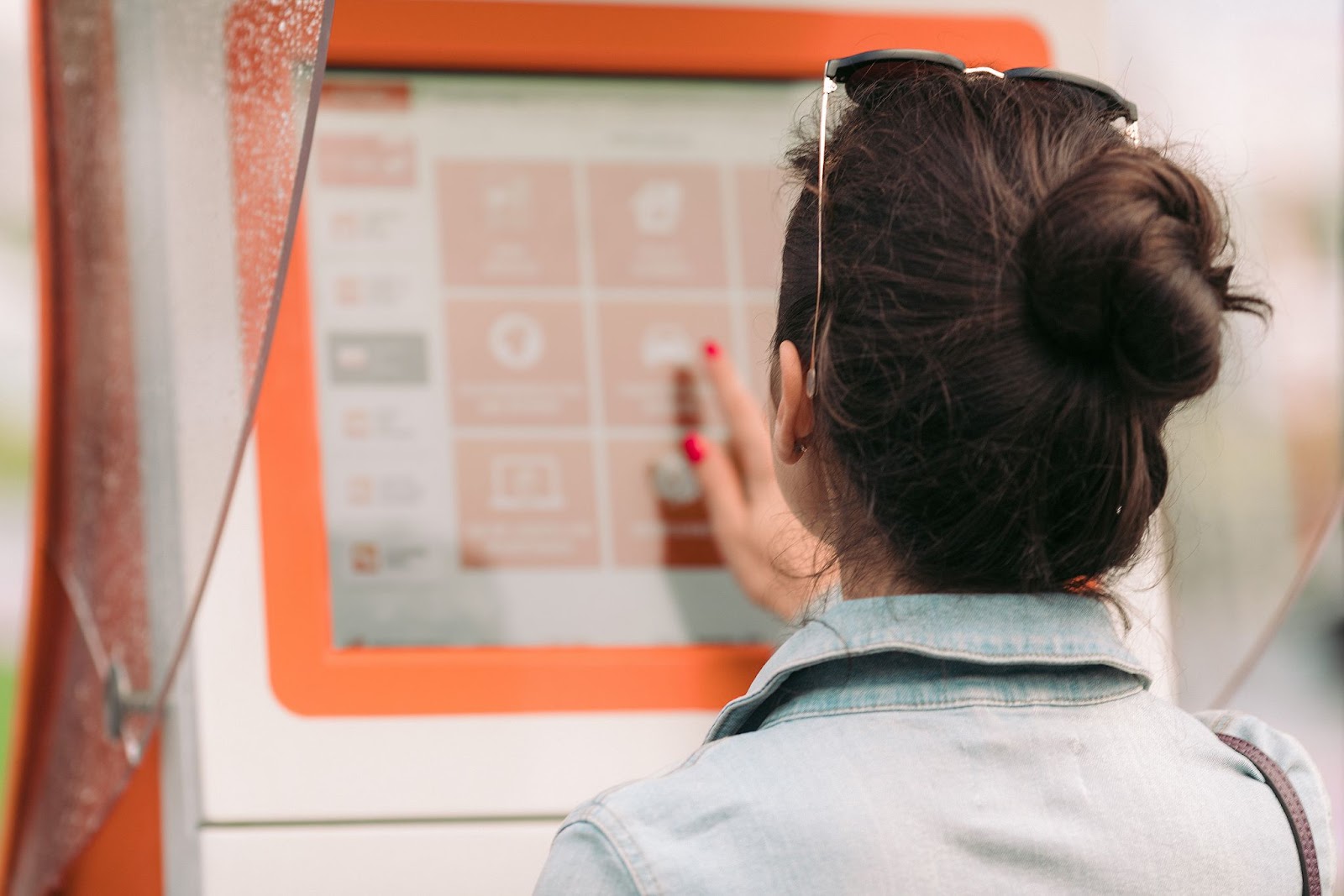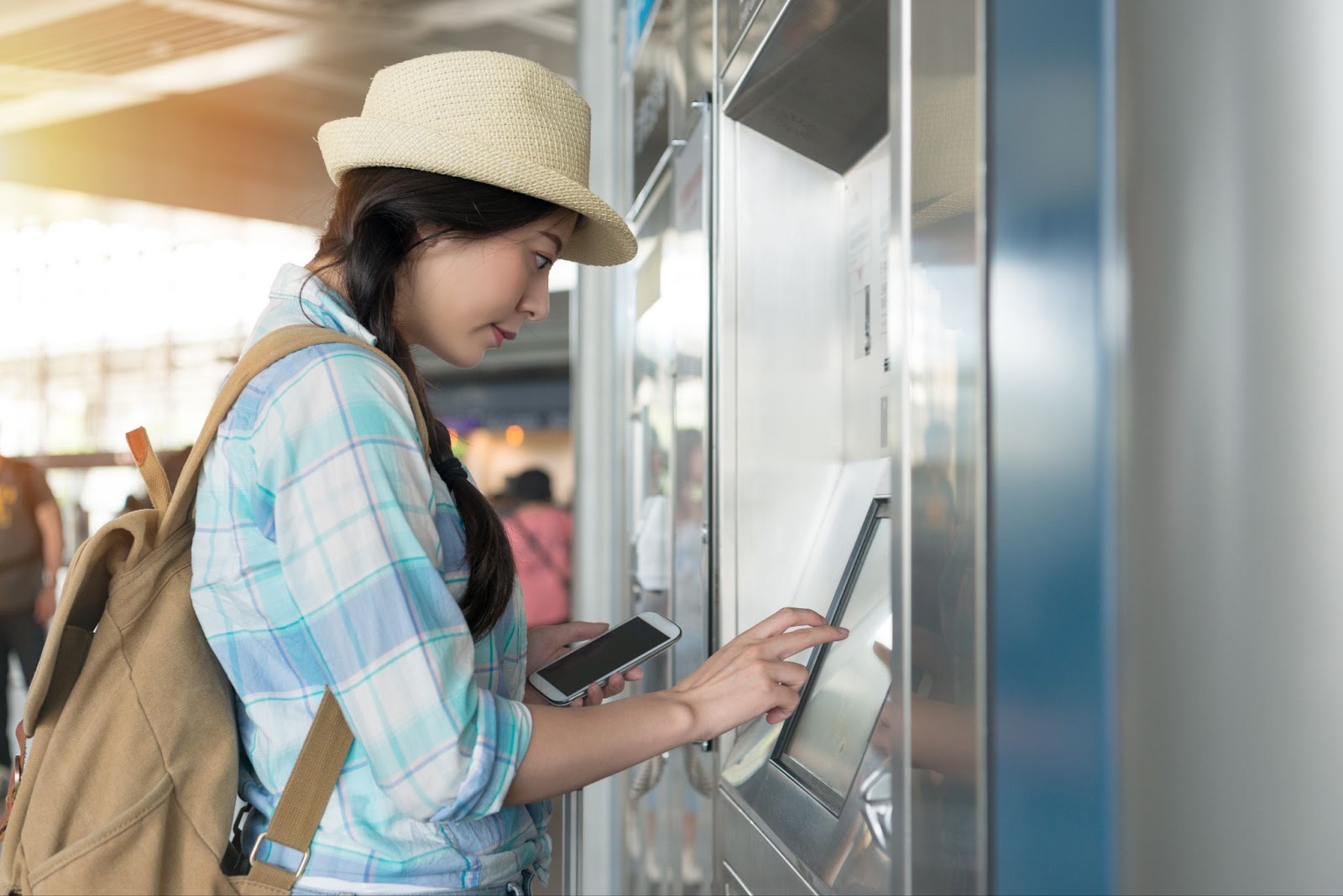6 Ways Big Cities Are Embracing Interactive Wayfinding Kiosks
You can feel it in the air the second you step out of a subway station, emerging from the tunnels below to be immediately surrounded by towering buildings, swarms of people, and a maze of streets that all look the same. But you don’t have time to soak in the sights! You need to find your way to a meeting, a restaurant, or perhaps a hidden gem of a park you’ve heard about.
You pull out your smartphone for navigational assistance, but your battery is low and time keeps ticking. So who do you turn to for pointing you in the right direction?
Navigating through a bustling big city can certainly prove to be a daunting task. In these big city moments, interactive wayfinding kiosks can be a lifesaver, transforming confusion into confidence with just a few taps on a screen.
Cities worldwide are increasingly adopting high-tech guides to enhance the urban experience, giving locals and tourists alike more ways to manage and control their navigational experience. These kiosks are revolutionizing how residents and visitors navigate urban landscapes, making it easier to explore, discover, and reach their destinations.
Let's delve into six innovative ways cities are embracing interactive wayfinding kiosks:
- Real-time navigation and updates
- Multilingual support
- Enhanced accessibility features
- Integration with public transportation
- Interactive tourist information
- Smart city integration
Learn how these technologies are making urban navigation more accessible and intuitive!
1. Real-Time Navigation & Updates
Interactive wayfinding kiosks provide real-time navigation, much like having a personal tour guide at your disposal 24/7. These kiosks are equipped with up-to-date maps that show not only the best routes to your destination but also live updates on traffic conditions, road closures, and public transportation schedules.
For instance, New York City’s LinkNYC kiosks offer dynamic maps that adjust routes based on real-time data, ensuring that users always get the most efficient path and avoid traffic delays or accidents in real-time.
2. Multilingual Support
Big cities are melting pots of cultures and languages. Interactive wayfinding kiosks cater to this diversity by offering multilingual support, allowing users to access information in their preferred language.
This feature is particularly beneficial in tourist-heavy areas, where language barriers can significantly hinder navigation.

Paris, for example, has deployed kiosks that provide directions and city information in multiple languages, even offering scannable QR codes that can help tourists navigate the city with ease.
3. Enhanced Accessibility Features
Modern wayfinding kiosks are designed with inclusivity in mind, featuring a range of accessibility options to assist people with disabilities. These kiosks often include audio instructions, braille, and high-contrast screens for the visually impaired, as well as easy-to-reach interfaces for wheelchair users.
Toronto’s wayfinding kiosks are a prime example, incorporating software features such as settings that allow individuals to customize their viewing experience to enhance visual accessibility (such as drop-down menus and adjustable color/brightness contrast) to ensure everyone, regardless of physical ability, can navigate the city independently.
4. Integration With Public Transportation Systems
Many cities are integrating wayfinding kiosks with their public transportation networks, providing seamless connectivity and convenience for commuters. These kiosks display real-time arrival and departure times for buses, trains, and trams, and can even issue alerts for service disruptions.
In London, the Legible London program has kiosks that connect with the city’s extensive public transport system, helping commuters plan their journeys across multiple modes of transportation, such as trains, trolleys, buses, and taxis.
5. Interactive Tourist Information
Wayfinding kiosks are not just for navigation; they also serve as interactive tourist guides.
More wayfinding kiosks today are managed with custom content that provides detailed information about local attractions, historical sites, dining options, and upcoming events. Visitors can browse recommendations, read reviews, and even purchase tickets for tours and activities directly from the kiosk.
In San Francisco, the SF Travel kiosks offer rich multimedia content that helps tourists get the chance to discover the city's hidden gems and cultural hotspots.
6. Smart City Integration
In the age of smart cities, wayfinding kiosks are becoming integral components of urban infrastructure. They collect data on foot traffic, popular routes, and user preferences, which city planners can use to improve urban design and services.
These kiosks also often include Wi-Fi hotspots, charging stations, and emergency contact buttons, adding to their utility. Singapore’s smart kiosks, for instance, are equipped with sensors and data analytics tools that enhance urban management and provide valuable insights for city development and engagement solutions.

Enhance Your Wayfinding Strategy With Oppna Digital
Interactive wayfinding kiosks are transforming how people navigate and experience big cities. From real-time navigation and multilingual support to accessibility features and smart city integration, these kiosks are making urban exploration more intuitive and enjoyable for everyone.
At Oppna Digital, we specialize in creating cutting-edge wayfinding solutions tailored to the unique needs of modern cities. Our kiosks combine innovative technology with user-friendly design to provide seamless navigation and valuable city insights.
Contact Oppna Digital today to learn more about how our wayfinding kiosks can enhance the urban experience in your city. Let us help you guide your residents and visitors with ease and efficiency!